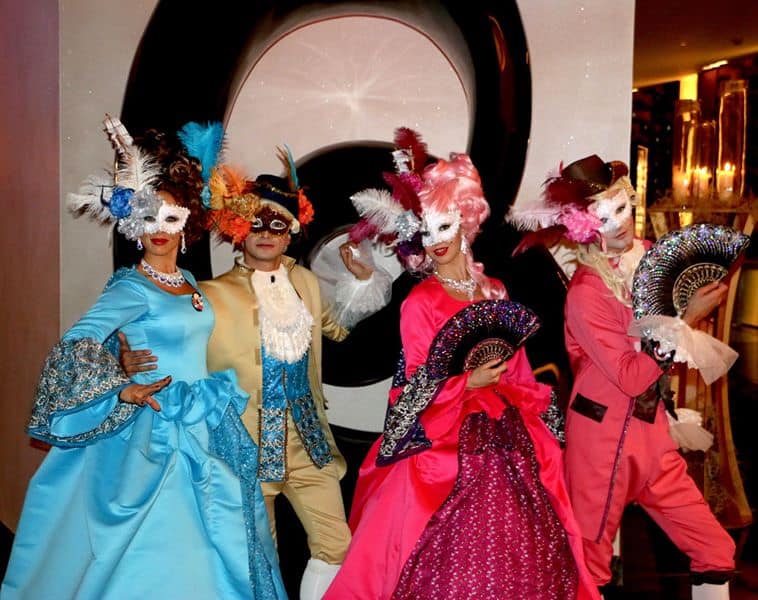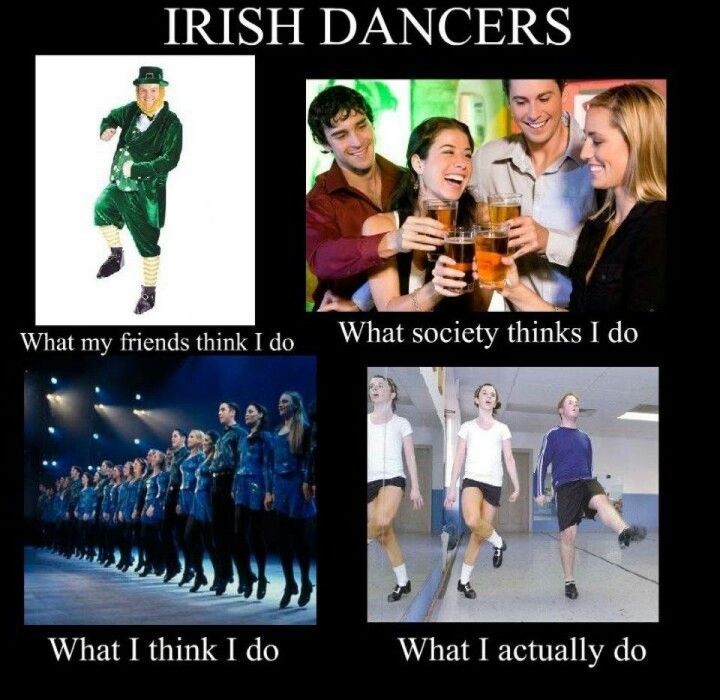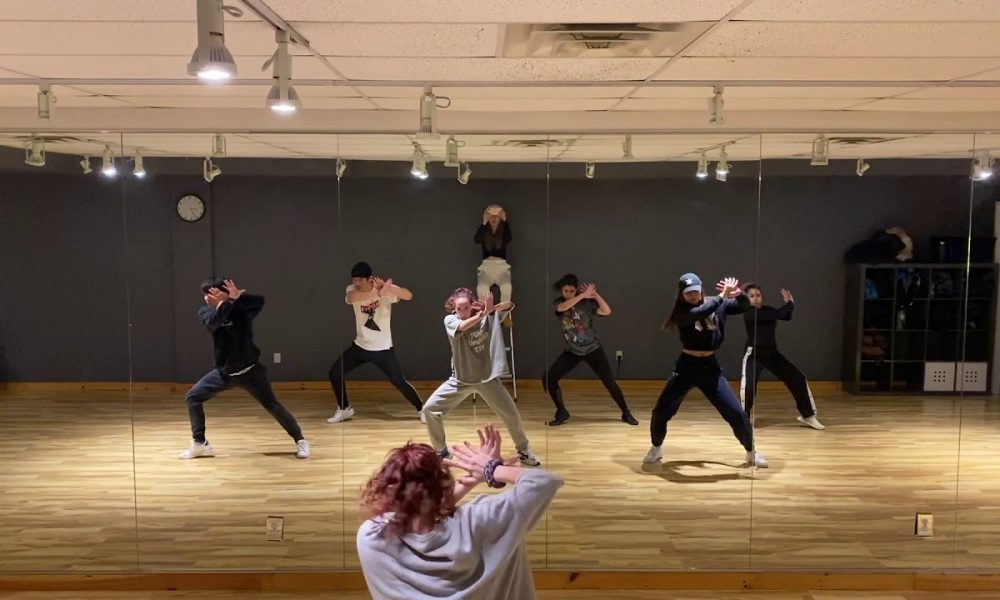How to dance at a masquerade ball
17 Steps to Masquerade Ball Success!
Are you planning a Masquerade Ball & running out of time? Do you want to impress the guests, but don’t know where to start? Are you looking for entertainment that is professional, fresh and exciting?
The Masquerade Ball should be Fun. Glamorous & Exciting! So should you!
If it’s your job to organise the Masquerade Ball, you have come to the right place! The Masquerade Ball is synonymous with venice, nobility, aristocracy and king, lords and ladies, in opulent setting, dancing the night away without a care in the world! Why note treat your guests to a evening like that!
1. Always be prepared, plan your masquerade ball in detailFrom concept to completion, from design to delivery, you have to plan. Ensure you cover everything on the run sheet, contact details of all suppliers, loading dock schedules, bump in and out times, rehearsal times and performance times, meal service times, formalities, green room allocation and crew meals. Ensure everyone know exactly where they have to be and when. further,m who is in charge of getting them there ? (see event management/stage management)
As an event planner you need to account for everything. Make sure you don’t have any nasty surprises in your budget by having a thorough budget from day one. Remember to ask for packages or bundles of services from your suppliers to deliver more bang for you buck. allow a contingency for last minute little things, from gaffer tape to signage.
3. To mask or not to mask, that is the questionWhy not provide masks or face painting for your guests. This may prevent them being a nuisance as the night progresses. masks can often end up under the guests chairs, as they can become annoying on ones face for the entire night. If you do go mask, pick a style and stick to it. Venetian is best!
4. Make the invitation alluring and opulentMake your Masquerade Ball invitation inviting! Whether it is a physical invite or a digital one, make it attractive and inviting! We have made short video teasers for clients that engaged their staff and got them ready for a night of fine food, wine and dancing.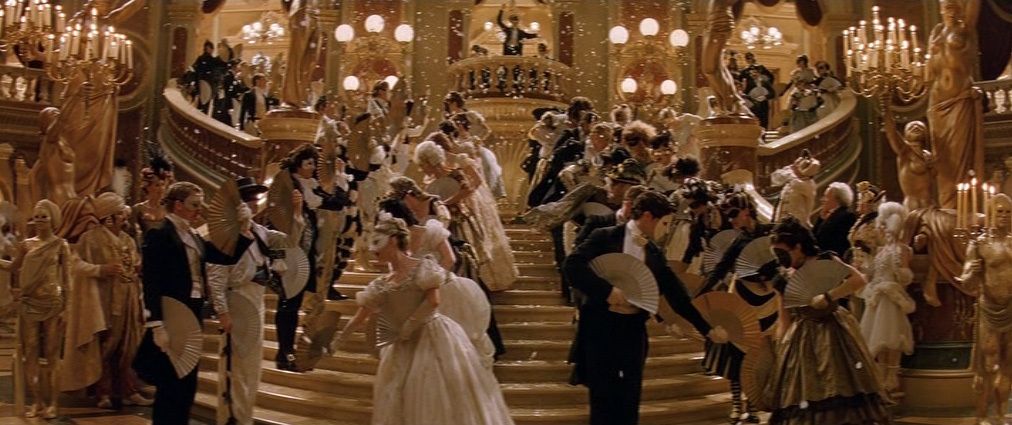 Sounds good right!
Sounds good right!
Choose your venue wisely! The choice of venue will not only effect the bottom line for your event, but create a large part of the atmosphere or ambience for your event. Dress the room.
6. Guests lists: Make sure you get them allfrom Instructions to invitations- set the scene and build excitement. Don’t forget to
include details of where to park and how to access the area. Have a good database system to track who was invited and who has sent their RSVP.
7. Special Dietary RequirementsDo you have it covered? It’s extremely important to make all guests feel welcomed, and to have their dietary needs covered. No one likes to go hungry! A masquerade ball should have AMAZING FOOD. Do not disappoint!
8. Touch their hearts & captive their minds!Use entertainment that lifts there spirits. Think Venice! Glamorous, opulent! Use roving entertainers as meet & great, fire performers, Comedia Dell Arte (jesters), jugglers, tissu artist, trapeze and circus performers in general. Why not a professional dance performance or magician? Give them something they didn’t expect, leaving them talking or simply breath taken.
Why not a professional dance performance or magician? Give them something they didn’t expect, leaving them talking or simply breath taken.
Get your guests to move & dance- with one of Australia’s best cover bands, recordings artists from instinctmusic.com.au. remember, long after you have forgotten the price, you remember the quality. Price is what you pay, value is what you get! Always get a professional, highly recommended band for a Masquerade ball.
10. Dress to impress
Let everyone know the dress code! Make sure it is easily seen on the invitation, and reinforce it with all promotions.
11. Keep it Classy!Be professional with passion, present yourself with class! As the organiser, you are part of the event experience. dress accordingly.
12. Short is SweetKeep formalities to a minimum. Your guests are there to have fun, dance and enjoy them selves. Not be sold to, lectured to, or otherwise over loaded with verbiage!
13.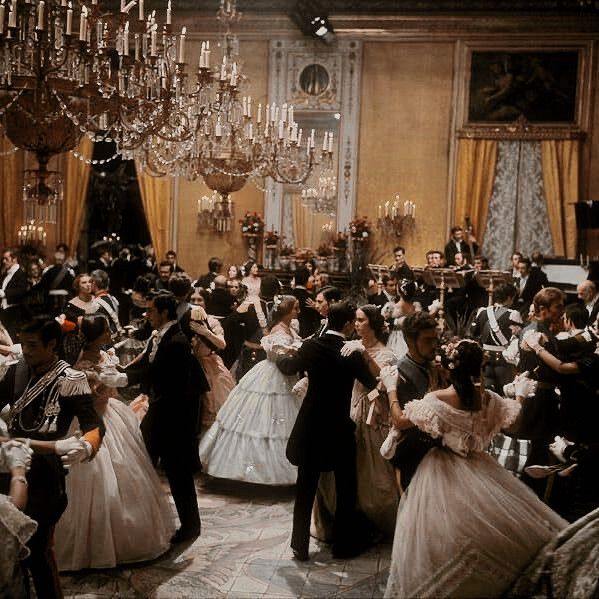 Centrepieces or centre of attention?
Centrepieces or centre of attention?Keep these at a reasonable height (below 30 cm allows guests to still see each other and talk) Remember, if it isn’t beautiful don’t put it there! For a masquerade ball floral arrangements are a must. The project elegance, opulence and class
14. Technical sophistication to suit a Masquerade BallTechnology is a big part of any masquerade ball Good sound systems for music and lighting is critical. The use of screens and projectors also adds to the experience of the guests who are in the second half of the room.
15. Use a professional event managerDecide if you are running the event or spending time with your guests, staff and clients? You can’t do both, so decide and plan accordingly. Always engage a professional event manager who has experience in running Masquerade Balls. also ensure there is a stage manager, experienced in getting performers on and of stage or in position on time, every time.
Make sure that all suppliers have appropriate public liability insurance. This includes the venue and all third party suppliers. Ensure you are sent copies of their certificate of currency prior to e event. No insurance, no gig! SIMPLE!
17. Go with the flow, be flexibleIf You plan for everything, but even still things come up! Deal with it! Remain flexible and focused on solutions not blame!
Masquerade Ballroom Dancing Party
- Home
Masquerade party is a beautiful event where guests wear masks. Originally appeared in Italy, it became very popular in the 19th century. It played a great role in the social life, because it was a good excuse to conceal your identity, at the same time dance with anyone, meet new people and of course to have fun. This impact was especially important considering stricter rules of public behavior at that time.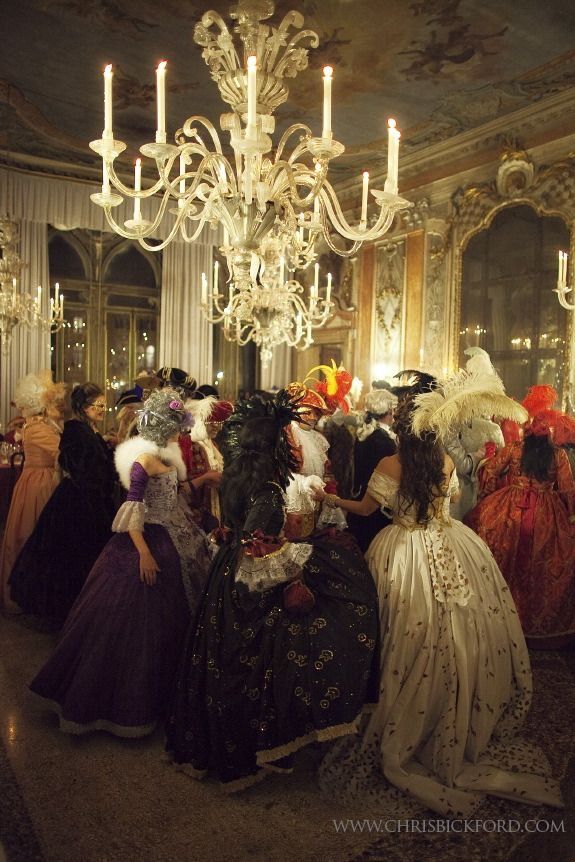 Ballroom dancing was the best activity that fit perfectly for the Masquerade. It allowed to have a private chat with your partner during the dance, show your dancing skills and enjoy the music.
Ballroom dancing was the best activity that fit perfectly for the Masquerade. It allowed to have a private chat with your partner during the dance, show your dancing skills and enjoy the music.
Ballroom dancing conquered the major part of social life of that time and was the essential pass time during evenings, so it was obligatory to learn and master. Dance lessons were present at any tutoring, usually since childhood. The Waltz was most popular as a dance for couples. Apart from Waltz, group dances for several couples, specifically figure dances (called contredans) were also common. Such group dances allowed a large number of people (even amateurs) to dance easily together without collisions. May be it was a kind of team building - this is what we call it nowadays.
The Modern Masquerade Party
Today the Masquerade party has different variations. Sometimes it's called a fancy dress party (USA) or a costume party (Europe) or a cosplay (Japan).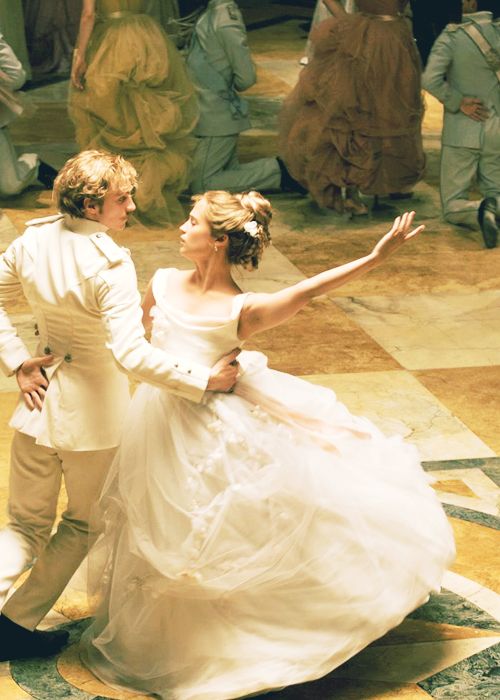 The main focus here is the dress: people wear a full set costumes to mimic a hero, movie or book character, or just to have a special look, e.g. "retro style" by wearing a dress from older epoch. The Japanese cosplay is a contraction of phrase "costume play" when people try to copy and dress like characters from anime (Japanese cartoons) or manga (Japanese comics). The main aim here is to achieve identical look with the original character. The most world-wide known masquerade events are:
The main focus here is the dress: people wear a full set costumes to mimic a hero, movie or book character, or just to have a special look, e.g. "retro style" by wearing a dress from older epoch. The Japanese cosplay is a contraction of phrase "costume play" when people try to copy and dress like characters from anime (Japanese cartoons) or manga (Japanese comics). The main aim here is to achieve identical look with the original character. The most world-wide known masquerade events are:
Halloween
Originated from Britain, is now celebrated all over the world. It is a holiday famous for its thematic parties that take place in dance halls, clubs and even restaurants. Such parties have a scary dress code: guests should wear evil costumes like vampires or ghosts. Our dance school organizes such party in Dubai (read more about Halloween Ballroom Dance Party 2015).
Mardi Gras
It’s celebrated in various countries, and it has different styles, from hot Brazilian (read more) to more modest European. This event’s format is a show with a carnival procession that is worth seeing as a guest, both for adults and children.
This event’s format is a show with a carnival procession that is worth seeing as a guest, both for adults and children.
Anime Convention
Various festivals dedicated to anime, manga and Japanese culture are held all over the world. "Middle East Film and Comic Con" is the one that takes place in Dubai, UAE. Originally being extremely popular among teenagers, such events gather more and more adults. There are different activities that make the whole convention spectacular and entertaining.
However, just wearing costumes can be boring. So, music and ballroom dancing comes into play again. The English Waltz or Viennese Waltz are the most suitable for this. The classic masterpiece music and elegant moves make this dance exquisite and charming. Our dance school offers various individual lessons for adults and kids. Our professional dance teachers and instructors can give you dance classes to learn the Waltz from the basic steps, or can improve your moves and overall performance if you already have some dance experience. Besides, we have special dance lessons that can help you to achieve synchronicity with your teammates if you do a group dance performance.
Besides, we have special dance lessons that can help you to achieve synchronicity with your teammates if you do a group dance performance.
The Masks for Masquerade Ballroom Dancing
A mask is an essential fashion attribute of the masquerade party. Sometimes, a good mask defines how successful your overall appearance is. The major categories of masks are listed below.
Vintage Masks
These masks are usually the best choice for the masquerade ballroom party and fit for most modern evening dresses. The masks made of hard rigid material usually cover the face completely, fully hiding your identity.
Lace Masks
Lace masks and semi-transparent (or semi-opaque) masks become popular nowadays. Such masks are always black and usually they go in tone with a dark colored dress.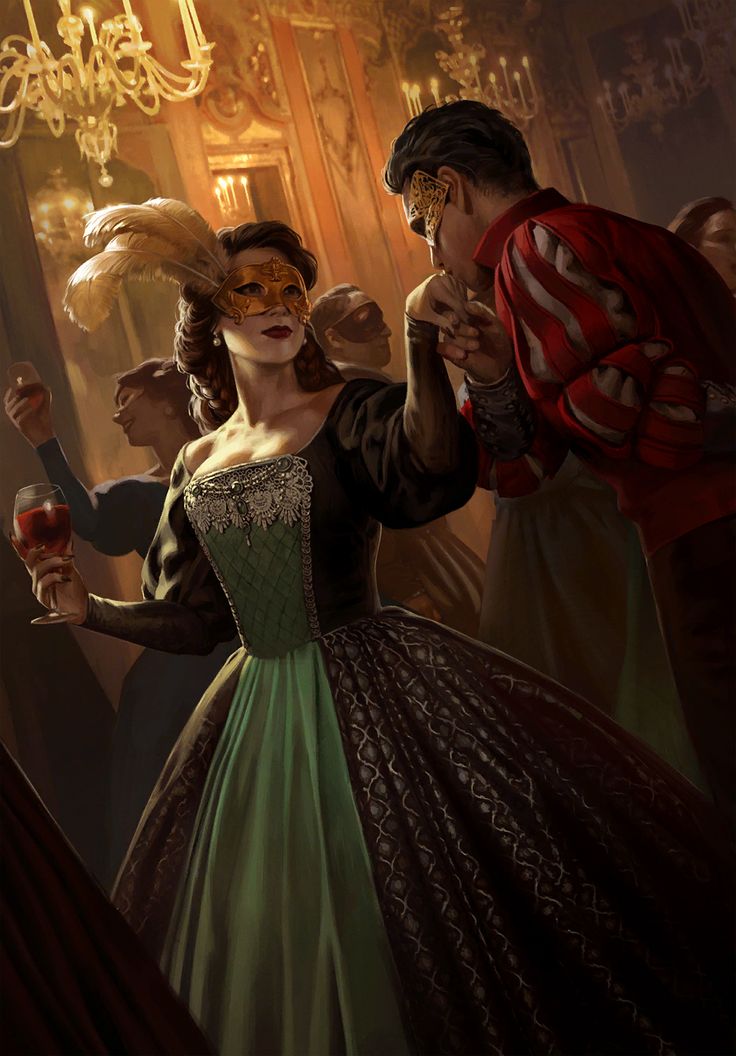
Eye Masks
Eye masks are the smallest of all. They cover only a small area near the eyes. Fabric is usually used in production of such masks, making them compact and easy to carry in a pocket or a satchel. Superheroes in movies and commix wear this type of mask, e.g. Zorro or Green Lantern.
Full Head Masks
Such masks are quite peculiar and can be used at Halloween parties only. They are made of latex and represent a head of some character (e.g. werewolf or a Darth Vader). Read more about Halloween attributes and costumes.
Face Art Masks
As tattoos and body art become more popular, some people prefer creating a special painted masks on their face. Such mask will definitely look unique, but still it’s something non-typical for ballroom dancing. We prepared best examples of scary makeups for Halloween here.
Such mask will definitely look unique, but still it’s something non-typical for ballroom dancing. We prepared best examples of scary makeups for Halloween here.
The Ballroom Dancing School in Dubai
If you want to try ballroom dancing, please, visit our dance studio in Dubai. We offer dance lessons for all major dances, including Waltz, Salsa, Tango, Merengue, Samba, Rumba, Jive, etc. Our dance teachers will give you theoretical and practical knowledge of how to dance. For those, who are interested in history, we can tell a story of each dance, how it appeared and evolved. Besides, we are glad to organize a masquerade ballroom dancing party in our dance studio that has the largest professional dance sprung floor in Dubai.
Other articles you may like:
- The Waltz lessons from our dance school's top instructors
- The Viennese Waltz classes
- A full list of our dance lessons availabe
- The Masquerade Halloween Ballroom Dancing Party - annual event that we organize in our dance studio
- Best Samba Fantasy Carnivals in the World
- Female Dress Code for Ballroom Dancing
- Male Dress Code for Ballroom Dancing
Sharing buttons
Masquerade Ball
History of the Masquerade Ball
From the Middle Ages to the end of the 19th century, balls (from French bal - to dance) were a favorite pastime of the beau monde.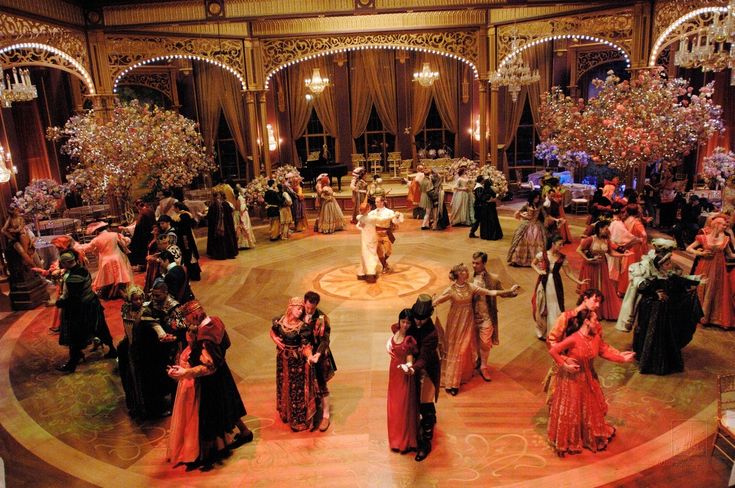 Nobles, royal persons with retinue, foreign nobles, merchants and other nobility came to such events. Dance evenings were organized by representatives of the middle class. Balls were arranged by high-society persons, and by the townspeople, and even by peasants. Masquerade balls were so popular that children's dance evenings were also practiced with all the appropriate rituals.
Nobles, royal persons with retinue, foreign nobles, merchants and other nobility came to such events. Dance evenings were organized by representatives of the middle class. Balls were arranged by high-society persons, and by the townspeople, and even by peasants. Masquerade balls were so popular that children's dance evenings were also practiced with all the appropriate rituals.
In the circle of courtiers and high officials, it was considered a sign of good taste to regularly hold balls at which they danced, resolved business and political issues, played gambling (cards, checkers, dice, chess). Also, the ball, as a rule, included a small concert, amateur performances with dressing up and live pictures. The invariable attributes of the balls were masks and luxurious costumes . The event ended with a banquet.
They danced polonaise, quadrille, mazurka, waltz - the number and sequence of dances depended on the time of the ball, the social status of the guests, as well as on the fashion and dance trends of the era.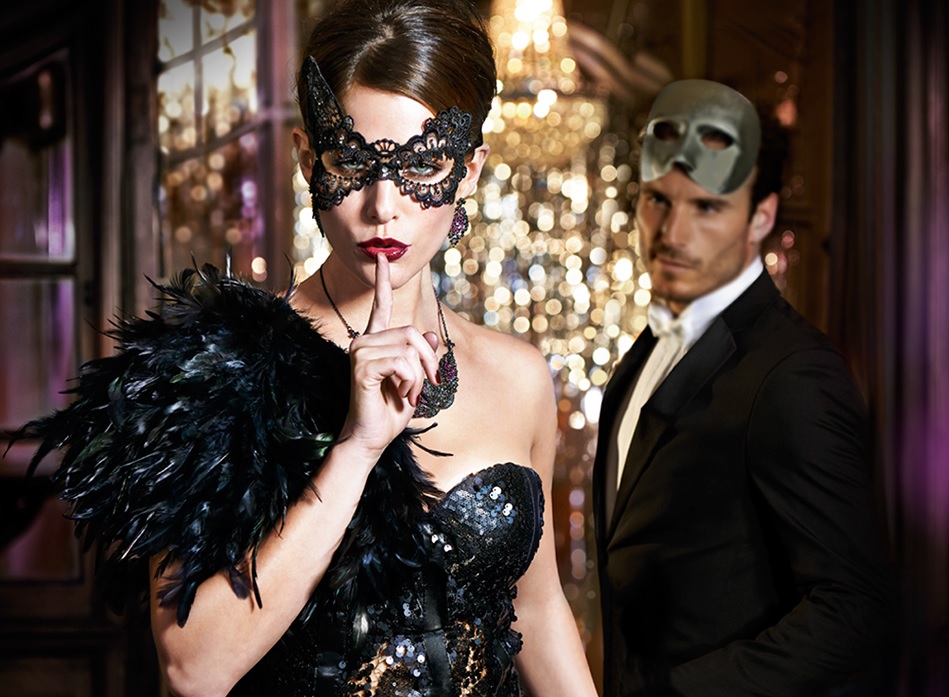
Rules of the Masquerade
Since masquerades and dance parties were predominantly held in the upper circles of society, great attention was paid to the rules of etiquette and good manners:
-
- When accepting an invitation to the ball, both men and women made a commitment to dance.
- It was considered bad form to appear without a mask or costume - all the invitees approached this issue very scrupulously. The ladies wore elegant dresses, the men came in tailcoats and the best suits.
- All the guests came to the party exactly on time - being late was considered an indecent manifestation of disrespect for the host of the ball.
- Family men were required to appear with their wives and all daughters.
- At the balls, it was customary to conduct small talk quietly, to exchange courtesies and compliments, to move gracefully not only in the dance, but during the entire stay at the event. Running around the hall or sorting things out in front of a secular audience was considered unheard of insolence.
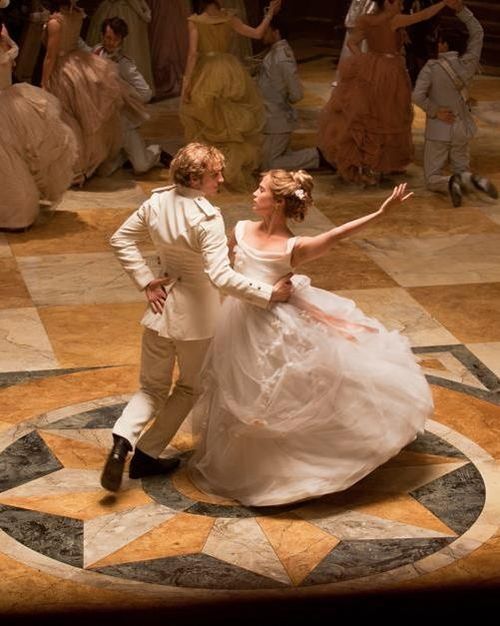
- It was necessary to dance throughout the evening with several partners, even if the lady or gentleman was with a couple.
- It was also considered indecent to show displeasure on any occasion.
- To invite, as well as to accept an invitation to dance, should only be if the gentleman and the beautiful lady were already introduced to each other.
- If a lady refused a young man to dance, it was considered rude on her part to accept an offer from another guest. The man who was refused also had to skip this dance without inviting another partner.
In general, ballroom etiquette had many nuances and reservations, but the main requirement for those invited was to observe the norms of decency and demonstrate a good mood, regardless of the situation.
Costumes and masks
Balls were prepared in advance, especially if a masquerade was supposed to take place – it was necessary to sew a dress from a dressmaker (usually dresses were ordered for one or two masquerades), buy an exquisite mask, think over the image.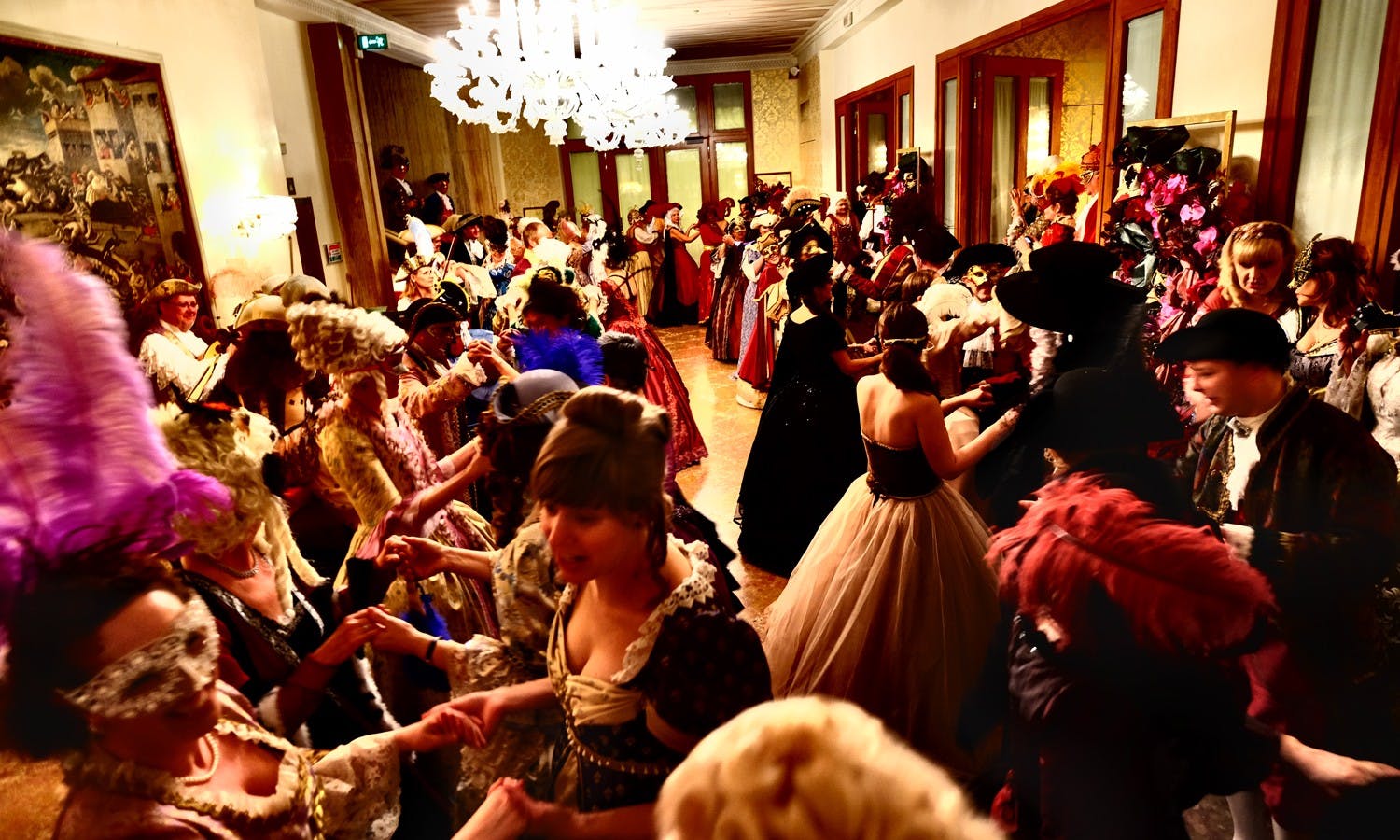
The same was true for men - suits, tailcoats and tuxedos were also made to order, to be worn only once at the respective event. Flowers - boutonnieres, bouquets were an integral accessory for both women's and men's costumes for the ball. Gloves were also required.
Men's suits were sewn, as a rule, in a classical style, and the only requirement for them was to match the theme of the ball, if any, and neatness. Women's dresses were created according to the latest fashion trends, which changed every season. The outfits were made in pastel colors, the dress had to reveal the neck and shoulders. And with this style, not a single girl or woman had the right to appear at a secular evening without jewelry. A fan was obligatory, which was chosen to match the mask, dress and jewelry.
Masquerade component
One of the most popular types of balls was masquerade balls, which implied dressing up in the appropriate theme, historical era, with a theatrical leitmotif. Such holidays were distinguished by pomp and special scope - chic multi-layered costumes, enchanting masks, an abundance of colors and decor. Unimaginable outfits were created with luxurious painting, trimmed with rare furs, precious stones and gold.
Such holidays were distinguished by pomp and special scope - chic multi-layered costumes, enchanting masks, an abundance of colors and decor. Unimaginable outfits were created with luxurious painting, trimmed with rare furs, precious stones and gold.
At such balls, special attention was paid to the images of guests and, in particular, masks - they were ordered from eminent masters, 9The 0013 mask was an important accessory for , under which the rest of the costume was matched.
Costumed street processions, brilliant carnivals and grandiose masquerades were held regularly and often lasted for weeks and even months. The number of guests at such events could be in the thousands and tens of thousands.
By the middle of the 19th century, masquerade dances and carnival scenes had gained such popularity in Europe that masks and costumes were ordered from famous artists and fashion designers. The carnival mask and costume have become a hallmark that can tell a lot about the position occupied in society, class and, of course, well-being.
2019-05-17 08:55:17
0
9940
Recommended articles
Balls and traditions. Interesting facts
Ball, ball, ball!!!
Ball is always a holiday. Bright, colorful, sparkling, cheerful. And this holiday has always been desired and loved in Russia.
Balls were given all year round, but the season began in late autumn and continued throughout the winter. Often in one evening I had to attend two or three balls, which required considerable strength, besides, many balls ended in the morning, and the next day it was necessary to make visits and prepare for the upcoming amusements.
Balls and masquerade balls were divided into class, professional, age categories, timed to coincide with special celebrations, and were court, public, private, merchant, wedding, children's .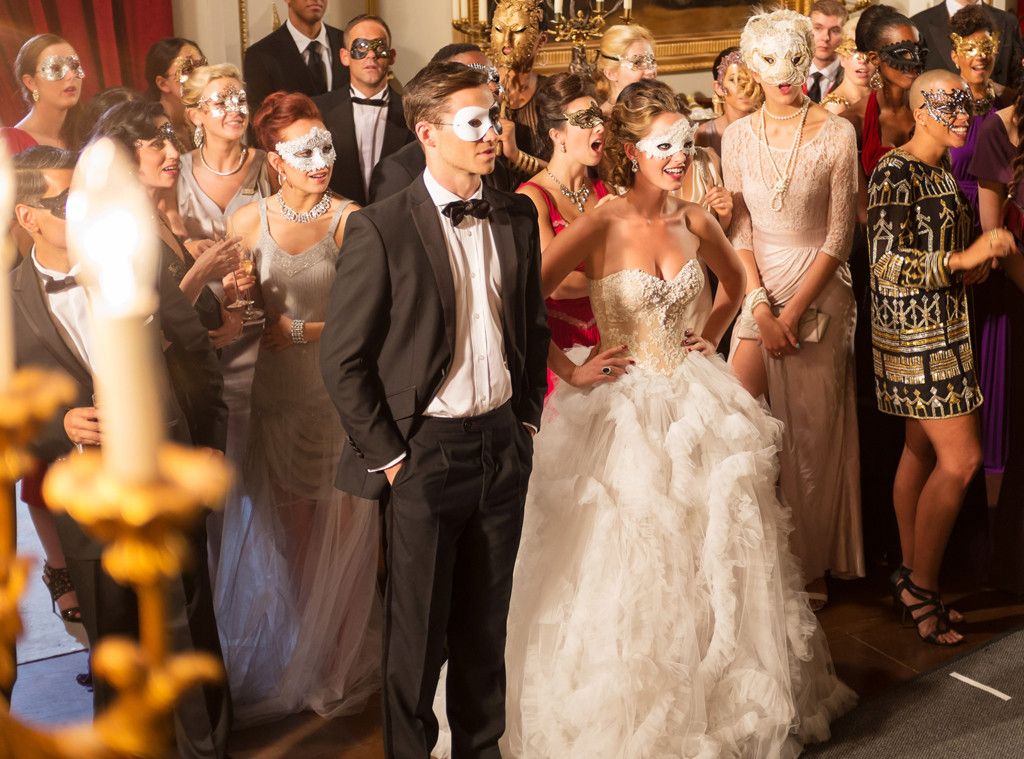 ..
..
Balls of the Noble Assembly, balls of artists and balls held by foreign embassies, merchant balls.
History of balls in Russia
The first ball in Russia took place in Moscow at the wedding of False Dmitry and Marina Mnishek.
Peter I resumed the balls, and since then they have become loved and revered both in the capitals and in the provinces of the Russian Empire.
Peter's assemblies became the prototype of future balls. The assemblies were gatherings with dances. Assemblies began to be held in St. Petersburg and Moscow as early as 1717 in the homes of the Russian nobility.
Assemblies served not only as a means of entertainment - "for fun", but also a place "for reasoning and friendly conversations."
Then, during the reign of Anna Ioannovna, Elizabeth Petrovna and Catherine II, assemblies completely supplanted balls and masquerade balls.
A ball is a solemn public or secular event, the main component of which is a dance program.
Therefore, since the 18th century, dance has become a compulsory subject in all higher and secondary educational institutions, schools and boarding schools. It was studied at the royal lyceum and at modest vocational and commercial schools, at the gymnasium and at the cadet school.
In Russia, they not only perfectly knew all the latest and old ballroom dances, but also knew how to perfectly perform them. The dance culture of Russia in the 19th century stood at a high level.
Ballroom dress code
The ball has its own ceremonial and rules of conduct, which makes it so majestic and luxurious. All this allowed to maintain sophistication and attractiveness.
It was customary to come to the ball dressed smartly. Cavaliers - in a tailcoat pair, tuxedo or suit (depending on specific requirements and conditions), white shirt and vest. By the way, tailcoats were of different colors, only by the end of the 30s of the XIX century the fashion for black was established.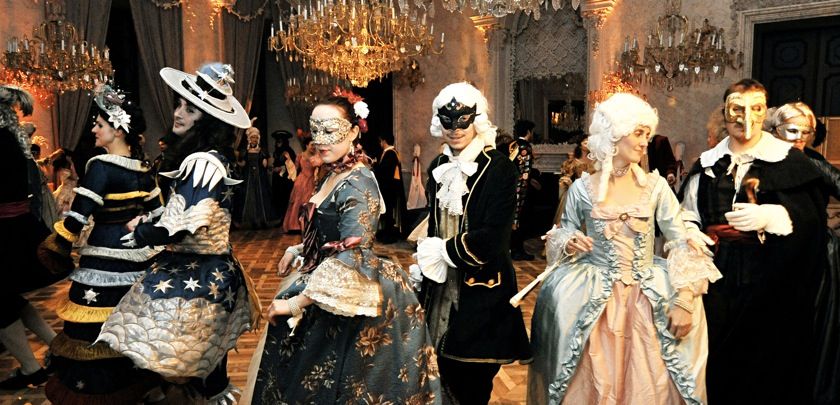
White gloves were an obligatory item of clothing for gentlemen. The civilians wore kid gloves, and the military wore suede gloves.
Moreover, according to the rules, the lady had every right to refuse the gentleman without gloves. Therefore, it was better to come to the ball in black gloves than no gloves at all.
Civilian gentlemen's costumes depended little on fashion and were recommended to be sewn in classical forms.
The military came in full dress uniforms corresponding to their regiments.
Cavaliers came to the ball in boots. Ballroom boots were also worn by the military, and only uhlans were allowed to wear boots. The presence of spurs was not approved. The fact is that the spurs tore the dresses during the dance. But some lancers broke this rule for the sake of panache.
Ladies and girls dressed in fashionable dresses. As a rule, the dress was sewn for one ball and only in extreme cases was used twice.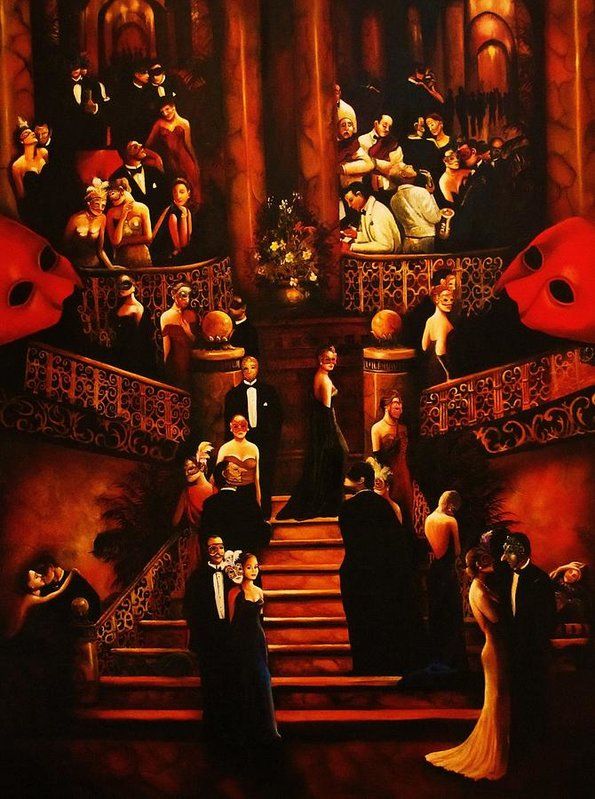
Ladies could choose any color for the dress, unless otherwise specified. For example, on January 24, 1888, an emerald ball was held in St. Petersburg, at which all those present were dressed in the appropriate color.
Dresses for girls were made in white or pastel colors - blue, pink and ivory, that is, the color of "ivory".
Matching gloves or white gloves were matched with the dress. By the way, wearing rings over gloves was considered bad manners. Even more interesting facts can be found in the historical park "Russia-My History".
Ladies could adorn themselves with a headdress.
The girls were encouraged to have a modest hairstyle. But in any case, the neck had to be open.
The cut of ball gowns depended on fashion, but one thing remained unchanged in it - open neck and shoulders.
With such a cut of the dress, neither a lady nor a girl could appear in the world without jewelry around the neck - a chain with a pendant or a necklace. That is, something had to be worn necessarily.
That is, something had to be worn necessarily.
Ladies' jewelry could be any - the main thing is that they are chosen with taste. Girls were supposed to appear at balls with a minimum amount of jewelry, for example, with a pendant around their neck or a modest bracelet.
An important component of the ladies' ball costume was the fan, which served not so much to create a fresh breath, but as a language of communication, now almost lost.
Recovering to the ball, the lady took with her a ball book - carne or agenda - where, opposite the list of dances, she entered the names of gentlemen who wanted to dance this or that dance with her. Sometimes the reverse side of the fan could be used instead of the agend. It was considered excessive coquetry to brag about your completed agenda, especially to those ladies who were rarely invited.
Rules of conduct at the ball
By accepting the invitation to come to the ball, everyone thus assumed the obligation to dance.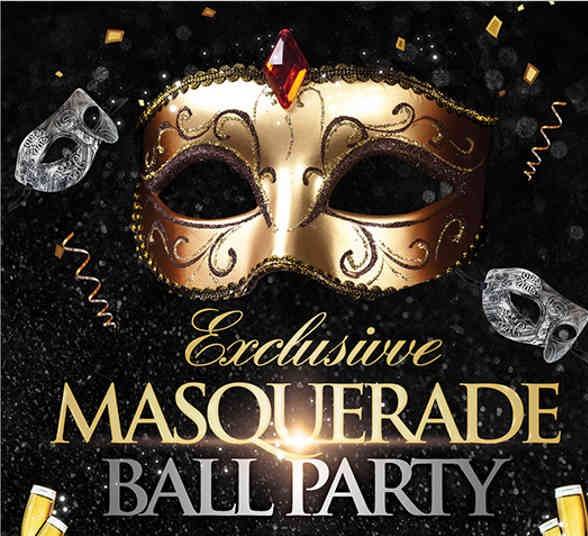 Refusing to participate in dances, as well as showing dissatisfaction or making it clear to a partner that you dance with him only out of necessity, was considered a sign of bad taste. And vice versa, it was considered a sign of good education at the ball to dance with pleasure and without coercion, regardless of the partner and his talents.
Refusing to participate in dances, as well as showing dissatisfaction or making it clear to a partner that you dance with him only out of necessity, was considered a sign of bad taste. And vice versa, it was considered a sign of good education at the ball to dance with pleasure and without coercion, regardless of the partner and his talents.
At a ball, more than at any other social event, a cheerful and amiable expression is appropriate. To show at the ball that you are not in a good mood or are dissatisfied with something is inappropriate and impolite in relation to those having fun.
Starting conversations with acquaintances before paying tribute to the owners was considered indecent. At the same time, not greeting acquaintances (even with a nod of the head) was also unacceptable.
There was a special culture of invitation to dance at the balls. An invitation to a dance was allowed in advance, both before the ball itself and at the ball. At the same time, it was considered impolite if a lady arrived at the ball promising more than the first three dances in advance.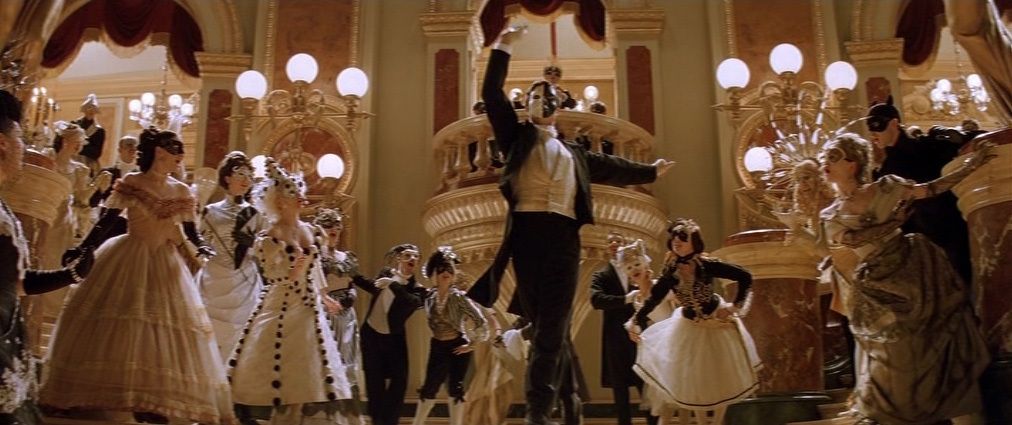
In the ballroom, order and dancing are supervised by the ball steward.
During the ball, gentlemen should monitor the comfort and convenience of the ladies: bring drinks, offer help. The gentleman had to make sure that his lady was not bored.
Talking at a ball is certainly permissible. At the same time, it is not recommended to touch on complex and serious topics, as well as to gather a large company around you.
Buffoonery is not appropriate at balls. Even gentlemen who have a too cheerful disposition are advised to behave with dignity at the ball. Quarrels and quarrels between gentlemen are highly discouraged during the ball, but if disagreements arise, then it is recommended to resolve them outside the dance hall. Ladies are the main decoration of any ball. Therefore, it behooves them to behave affably and nicely. Loud laughter, slander, bad humor can cause disapproval of a decent society. The behavior of the ladies at the ball should be distinguished by modesty, the expression of extreme sympathy for any gentleman can give rise to condemnation.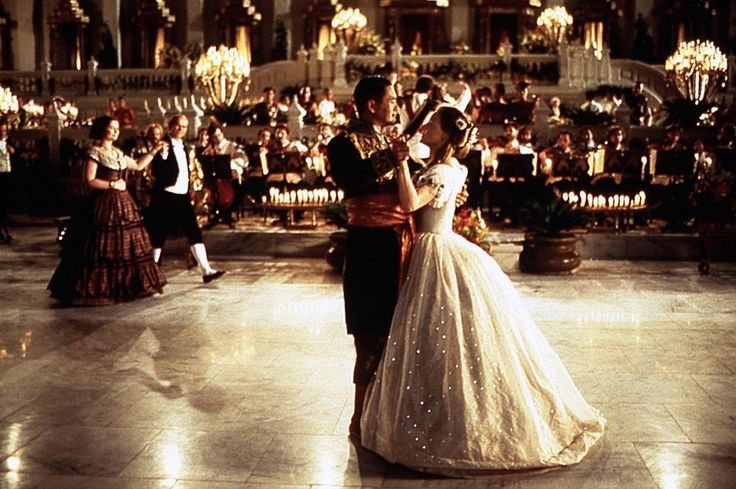
Most of all, any manifestations of jealousy on the part of ladies and gentlemen are inappropriate at the ball. On the other hand, immodest looks and defiant behavior that provokes other participants in the ball are also unacceptable.
Dancing
According to the rules, the gentleman began the invitation to dance with the hostess of the house, then all her relatives followed, and only then it was the turn to dance with their familiar ladies.
At the beginning of the 19th century, the ball opened with a polonaise, where in the first pair the host walked with the most honored guest, in the second pair - the hostess with the most honored guest.
At the end of the 19th century, the ball began with a waltz, but court, children's and merchant balls opened with a majestic polonaise.
During the 19th century, the number of dances that a gentleman could dance with one lady during a ball changed. So at the beginning of the century this number was equal to one, and already in the 1880s two or three dances were allowed, not following one after another in a row. Only the bride and groom could dance more than three dances. If the gentleman insisted on more than expected number of dances, the lady refused, not wanting to compromise herself.
Only the bride and groom could dance more than three dances. If the gentleman insisted on more than expected number of dances, the lady refused, not wanting to compromise herself.
During the dance, the gentleman entertained the lady with light secular conversation, while the lady answered modestly and laconic.
The cavalier's duties also included preventing collisions with other couples and preventing his lady from falling.
At the end of the dance, the gentleman asked the lady where to take her: to the buffet or to the place where he took her from. After exchanging mutual bows, the gentleman either left, or could remain next to the lady and continue the conversation for some time.
As a rule, after the mazurka, the gentleman led the lady to the table for dinner, where they could talk and even confess their love.
Everyone had dinner in the side parlors, at small tables.
In addition, a buffet was always open at the balls with various dishes, champagne, a large selection of hot and cold drinks.